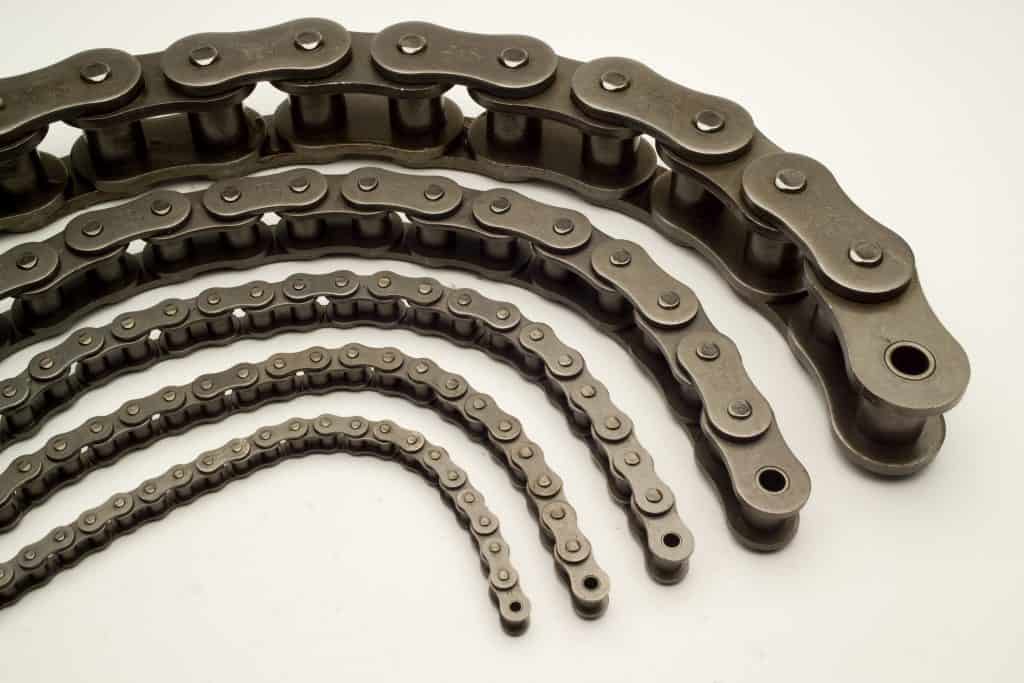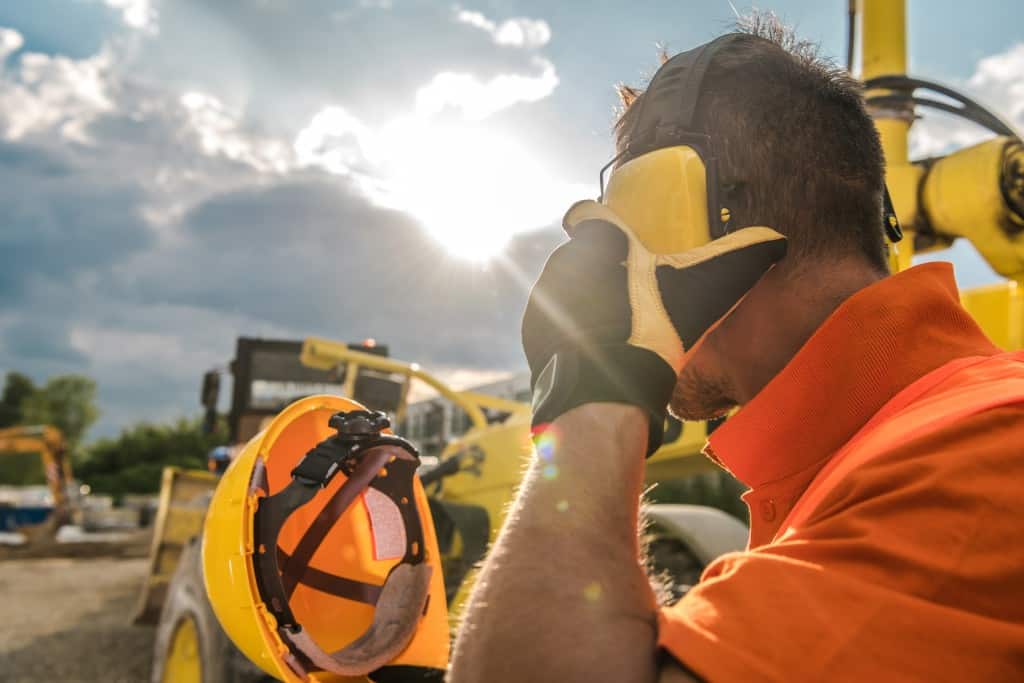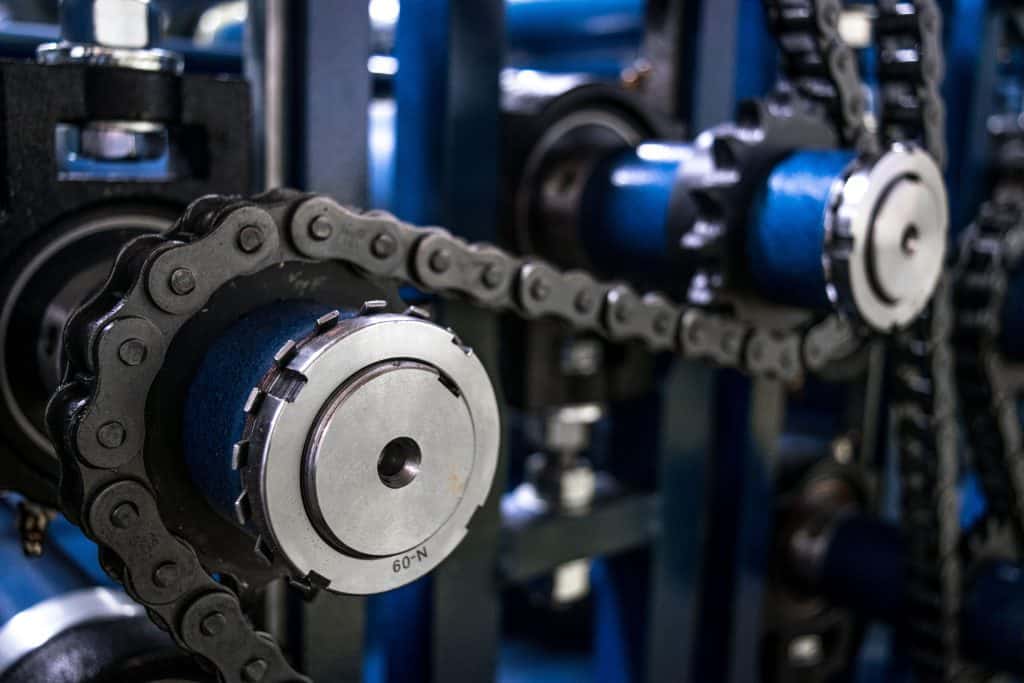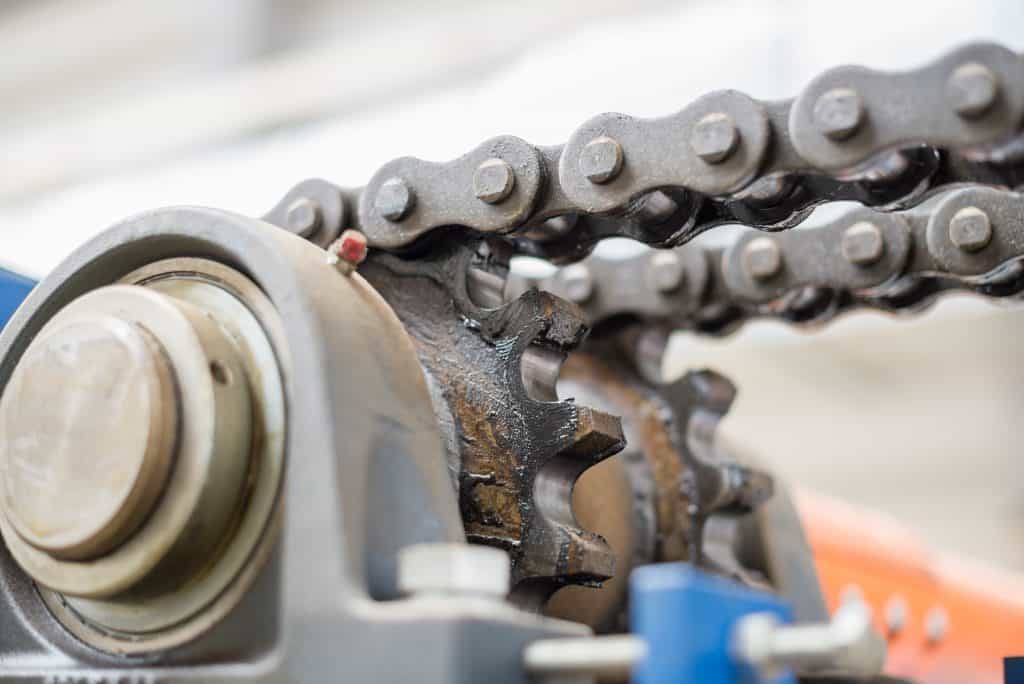Chain Elongation: Causes and Solutions

Roller chain is one of the most commonly used industrial components. From mining to marine applications, the food industry to pharmaceuticals; roller chain is quite versatile. As you may expect, keeping this critical component working is essential. Premature chain elongation will shorten the lifespan of your roller chain, and even cause costly unplanned downtime and delays.
Roller chains don’t last forever. Every roller chain has an expected service life based on its specifications and application. The operational environment of your application is a factor in selecting the proper chain. Hopefully, you installed the ideal chain for your application.
Even the highest quality chains – used precisely according to the manufacturer’s specifications – will slowly wear. However, premature chain elongation and excessive wear and tear are avoidable issues. With regular maintenance and some preventative measures, you can stop premature roller chain elongation.
Lubrication is key
Our first recommendation is always to maintain appropriate lubrication. Roller chain consists of many interconnected parts working together. So every time a roller engages or disengages the sprocket, it causes wear on the pins and bushings. Subsequently, as these components become worn, the roller chain will gradually elongate.
A sound lubrication system will prevent wear and give the chain the best chance of achieving its maximum service life. Lubrication decreases the friction between the rollers, bushings, and pins, delaying the period where the chain will become unusable due to elongation. For best results, the oil must enter between the roller and roller-link plate and roller-link plates and pin-link plates.

We recommend lubrication systems so often because they work. A well-oiled roller chain has a layer of protection on all its surfaces. This system will help reduce wear, cushion impact loads, and assist with heat dissipation.
There are several lubrication methods, and the ideal method for your application will depend on the drive’s specifications. For instance, the more comprehensive the lubrication system is, the higher the speeds your drive can handle, and the better the roller chain will operate, even in extreme conditions.

Keep contamination out!
Get contamination out of your roller chain, and back outside where it belongs! No matter how good your lubrication system is, contaminants cause damage. Unfortunately, contamination by dirt, rust, humidity, or exposure to corrosive environments is not uncommon.
For example, contamination can prevent lubrication from penetrating crucial areas, rendering your well-thought-out lubrication system useless. That’s why it’s so important to take your environment into account when planning your lubrication system.
The right roller chain and lubrication system will keep the operating environment in mind. A fully enclosed, filtered pump system will prevent any dirt or foreign objects from entering the system. Likewise, depending on the speed of your roller chain, a safety guard might offer some protection. Keeping the surrounding environment as clean as possible will go a long way in preventing premature chain elongation.

Does it all line up?
Misalignment is a serious problem. Misaligned sprockets or shafts can cause uneven loading across the chain width. This leads to premature chain wear at the roller-link plate, elongation, as well as sprocket tooth wear.
Using a laser alignment tool will help ensure both sprockets and shafts are aligned and reduce the chance of premature chain elongation. A straight edge or string can do in a pinch. In short, make sure to check multiple points, whatever your method.


Is your roller chain past capacity?
Excessive loads are a common cause of premature chain wear. You can exceed the roller chain’s dynamic load-bearing capacity, either by cyclic or shock overloading. Excessive cyclic loading can lead to cracked inner plate links, and extreme shock loads can cause pins to bend, twist, or break.
Make sure your roller chain is the right one for the job! When selecting roller chain, keep the environment in mind when determining the application load and stick to it. If the load experienced during operation exceeds the manufacturer’s recommendations, you jeopardize the longevity of the roller chain.
Above all, regular maintenance and attention to conditions will reduce the chances of premature roller chain elongation and keep your chain working as long as possible.
Questions or concerns about your roller chain or the efficiency of your assembly? We provide a number of helpful articles and resources with answers to your questions. Explore more of our Knowledge Base here.




